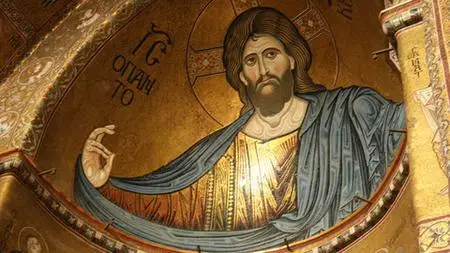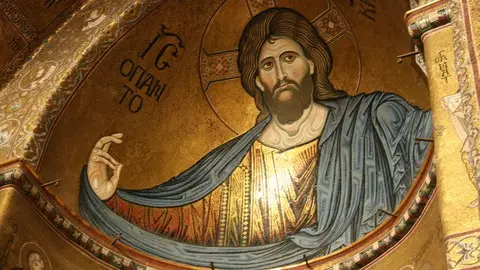The Art Of The Middle And Late Byzantine Empire
Last updated 6/2018
MP4 | Video: h264, 1280x720 | Audio: AAC, 44.1 KHz
Language: English | Size: 972.82 MB | Duration: 0h 43m
Last updated 6/2018
MP4 | Video: h264, 1280x720 | Audio: AAC, 44.1 KHz
Language: English | Size: 972.82 MB | Duration: 0h 43m
The Gradual Return to the Natural World
What you'll learn
Students will learn the key developments, vocabulary terms, and works of art which are associated with Byzantine art.
Students will learn about major breaks in the Byzantine tradition such as Iconoclasm.
Students will gain an appreciation of the themes that defined Byzantine art after Iconoclasm and through the end of empire.
A comprehensive vocabulary list is found at the end of the course.
Requirements
An interest in history and a love of art are the only prerequisites for this course.
Description
The gulf that separates Early Byzantine art from Middle Byzantine art is considered to be the period of iconoclasm, which generally means the destruction of images, but in the case of the Byzantine Empire, not only did this entail the destruction of many earlier icons and works of art, this also amounted to a prohibition on new art works, or at least art works which continued the representative style of Early Byzantine works. The causes for this dramatic shift in the relationship of Byzantine Christians to their holy images are generally rooted by historians in the dual blows the empire sustained from outside forces in the seventh century: first, the conquests of the Sassanian Persian Empire and then the rapidly expanding Muslim Caliphate. A psychological reckoning is considered to have prompted the removal and fundamental re-thinking of holy images themselves; Church authorities tried to rationalize their Empire’s many defeats through the lens of divine punishment for their “idolatrous” ways. Ultimately, a resurgence of Classical and Hellenistic artistic sensibilities ushered in what is called the Macedonian Renaissance, which laid the groundwork for much of the Italian Renaissance which would occur a few centuries later. This course looks at Byzantine artworks as far removed as the sixth-century church of Sana'a, Yemen and as unusual as the moving throne and automata which appeared at the Constantinople court. Byzantine artworks from the Middle and Late periods of its long history stand out as being, in a sense, a bridge between the late-Roman artworks (and in the case of the Macedonian Renaissance, its Classical and Hellenistic precursors) to the nascent powers which were reshaping the Medieval and Early Modern world: Western Europe (the “Latins”) and Russia, who became the heir to Byzantine culture and the “Third Rome” after its fall in the fifteenth century. Byzantine art also left a profound legacy even in the artworks of the Islamic Empire, finding a common, non-representative aesthetic in the Monophysite Syriac and later Iconoclast church decorations. However, the primary advances in Middle and Byzantine art were grounded in the revival of depicting the events of Christ’s life and Scripture set again in the terrestrial sphere, however abbreviated. This shift in art’s priorities essentially laid the groundwork for the subsequent history of Western Art in Europe and elsewhere.
Overview
Section 1: Break with the Past
Lecture 1 Iconoclasm
Section 2: New Appearances for Old Forms
Lecture 2 The Byzantine Theotokos
Lecture 3 The Macedonian Renaissance
Lecture 4 Back to Life, Back to Reality
Lecture 5 Byzantine Icons
High school, university, and graduate students will find both a review of key pieces and developments as well as original research and connections which are exclusive to this course.



